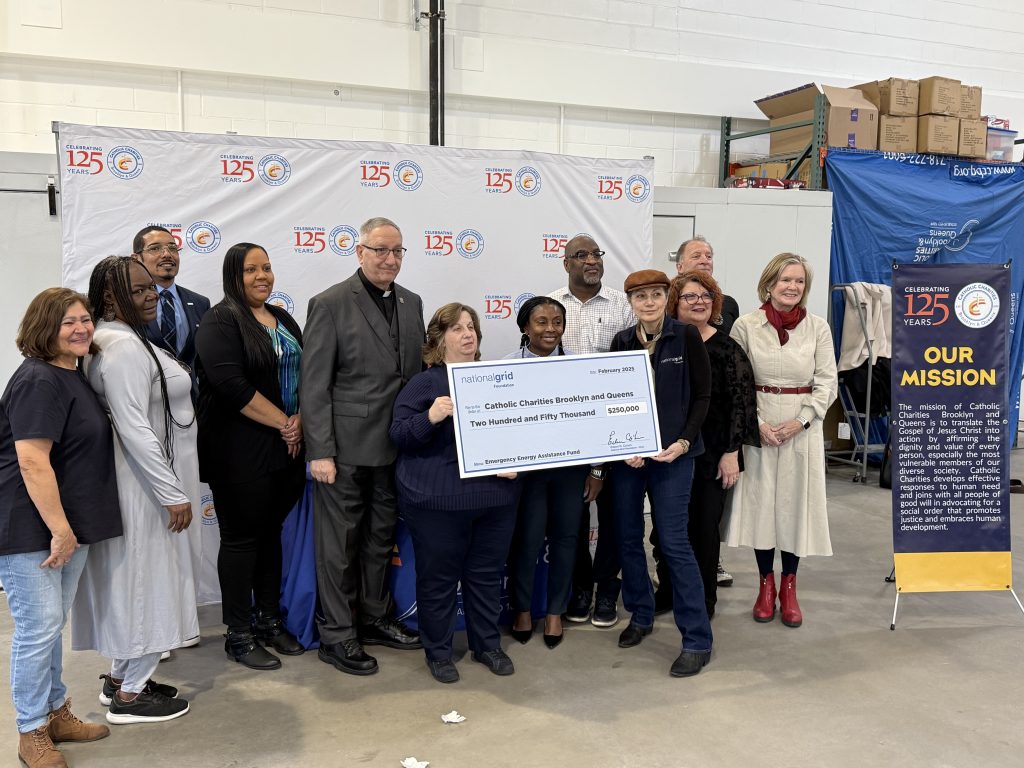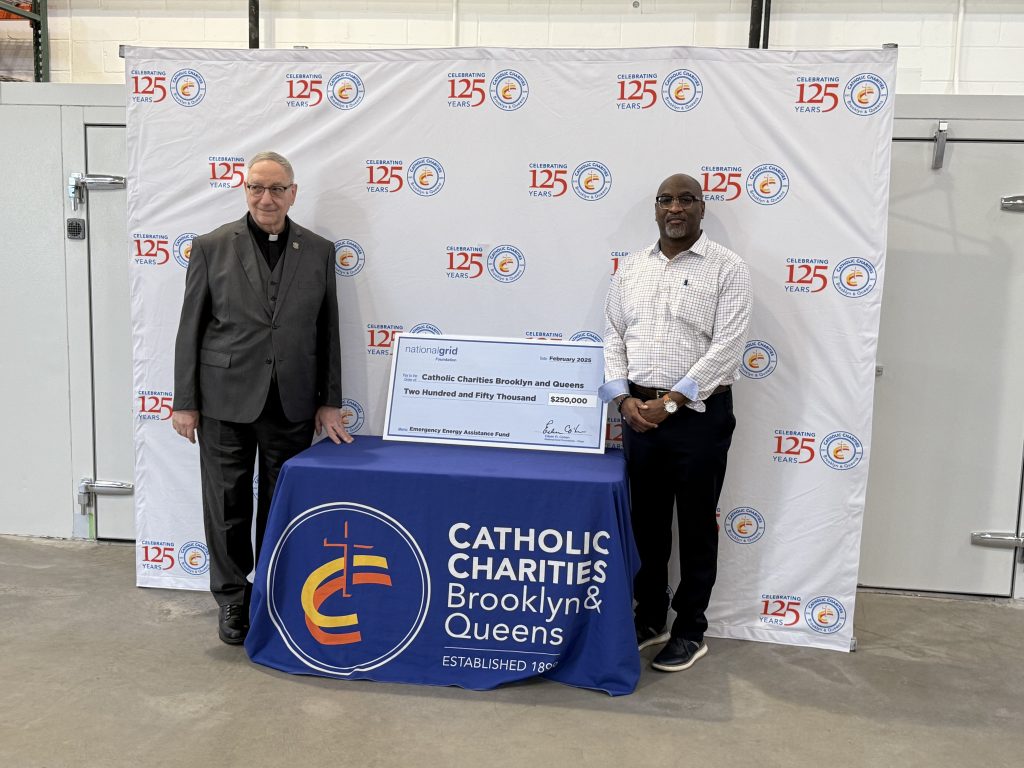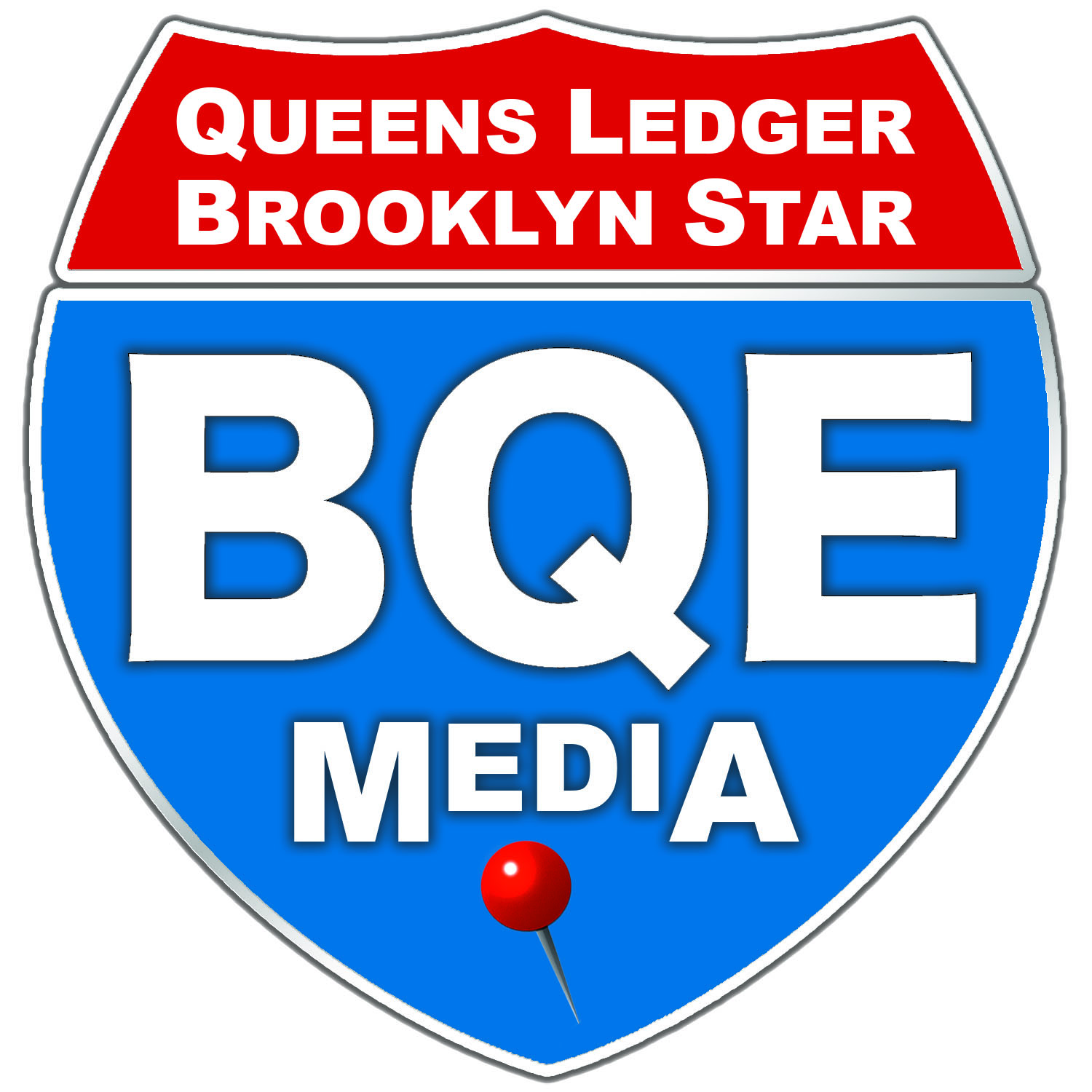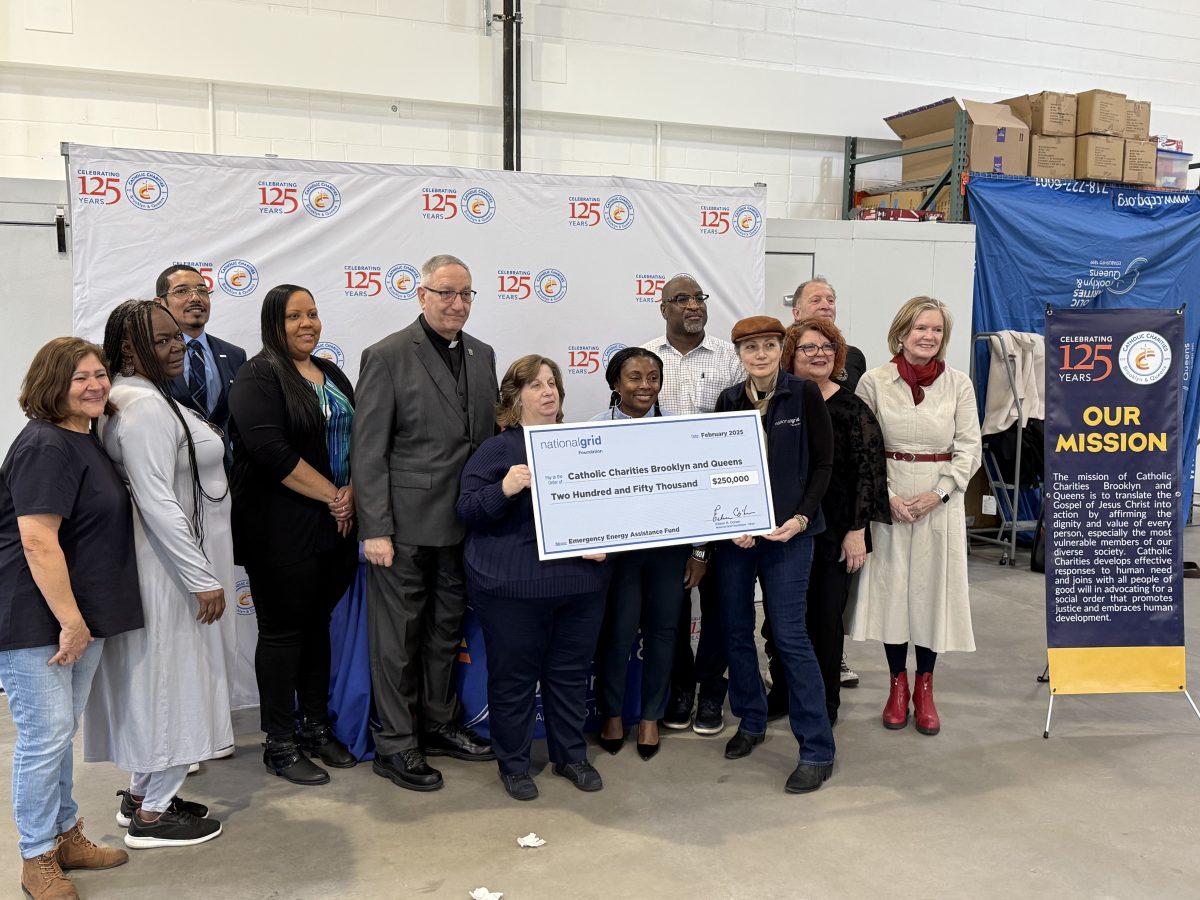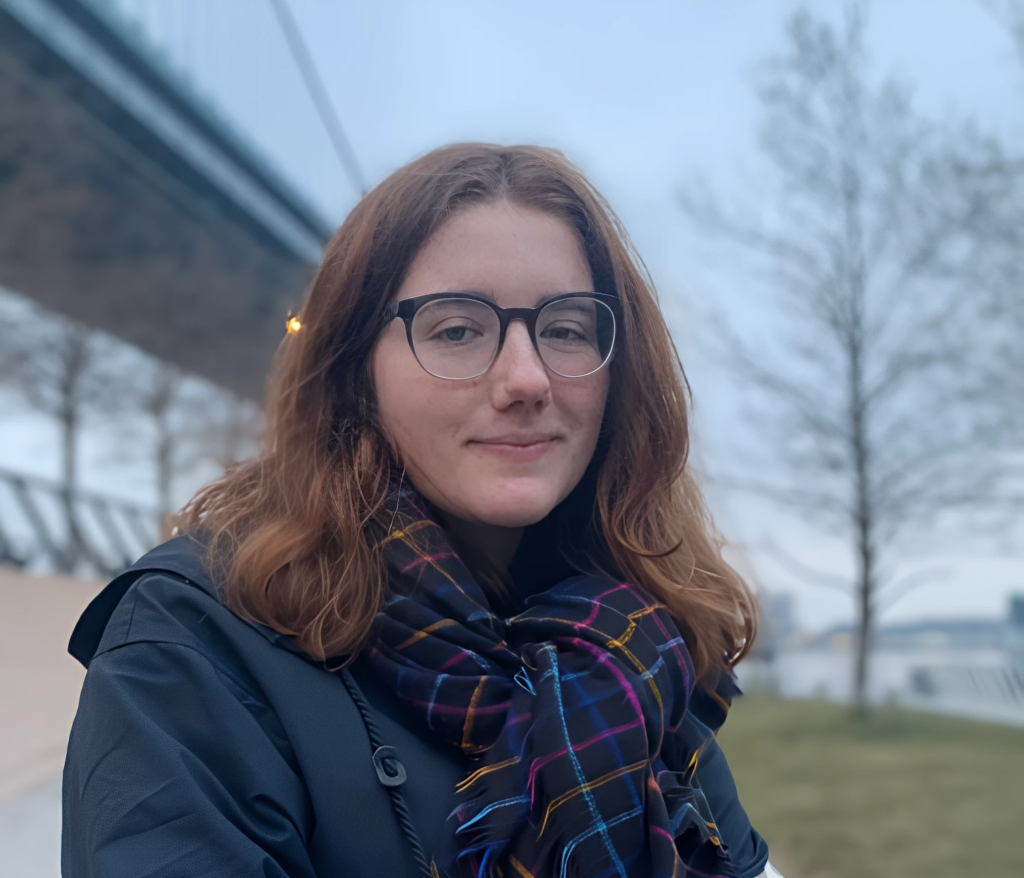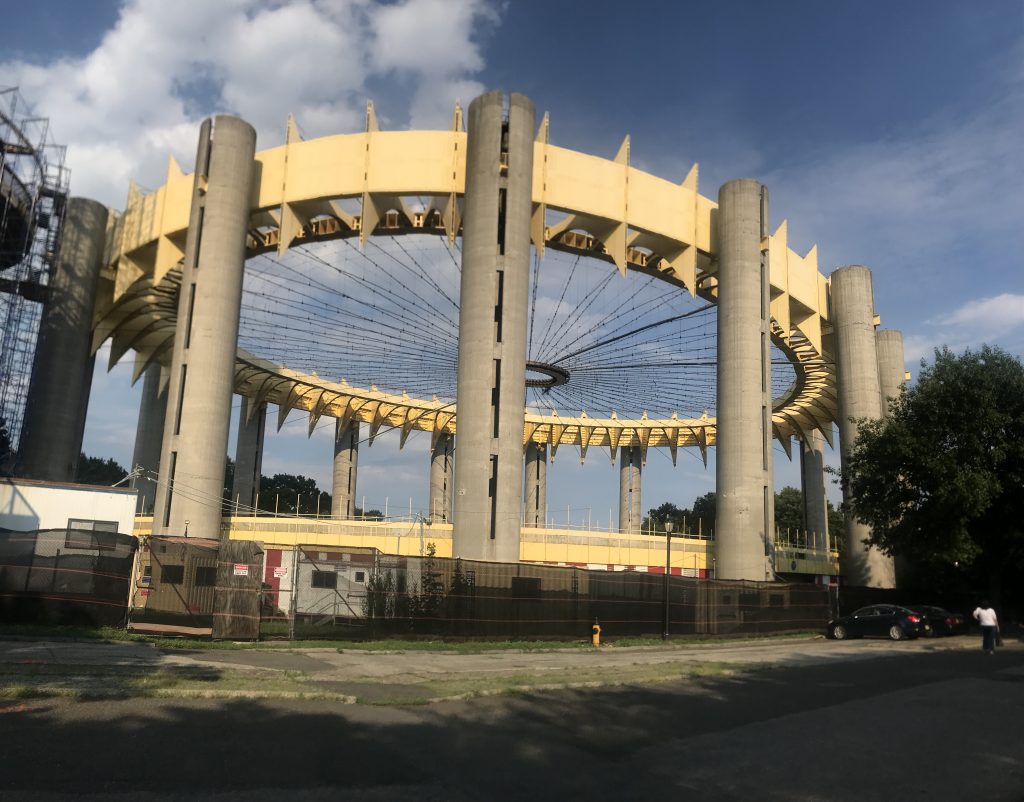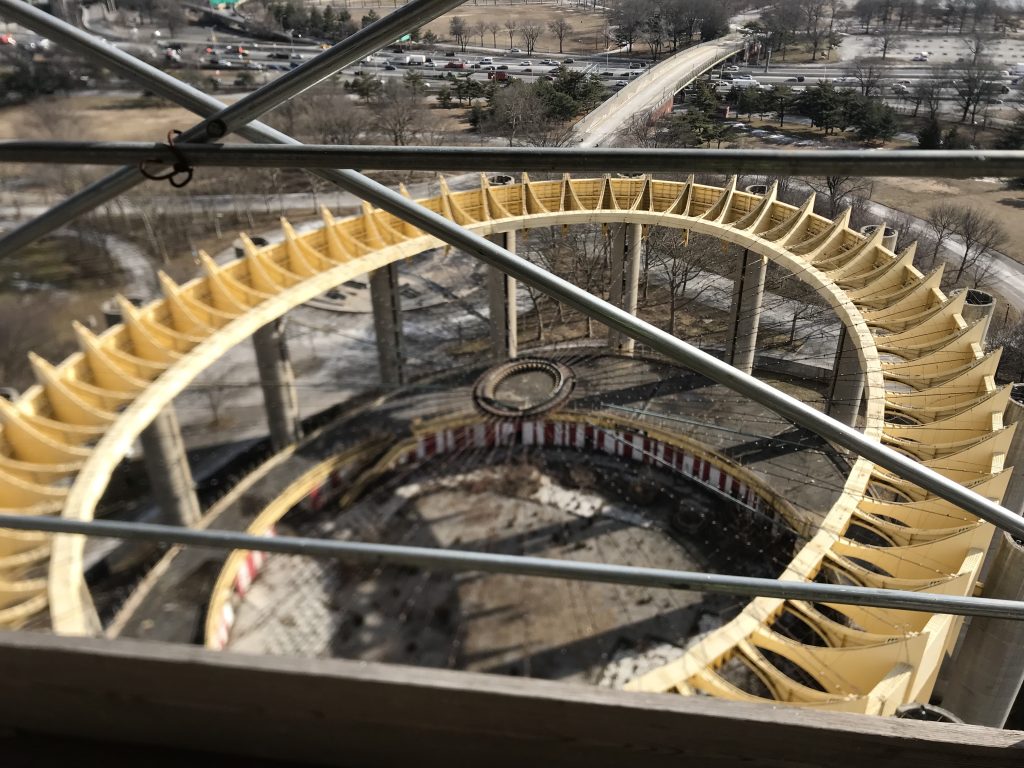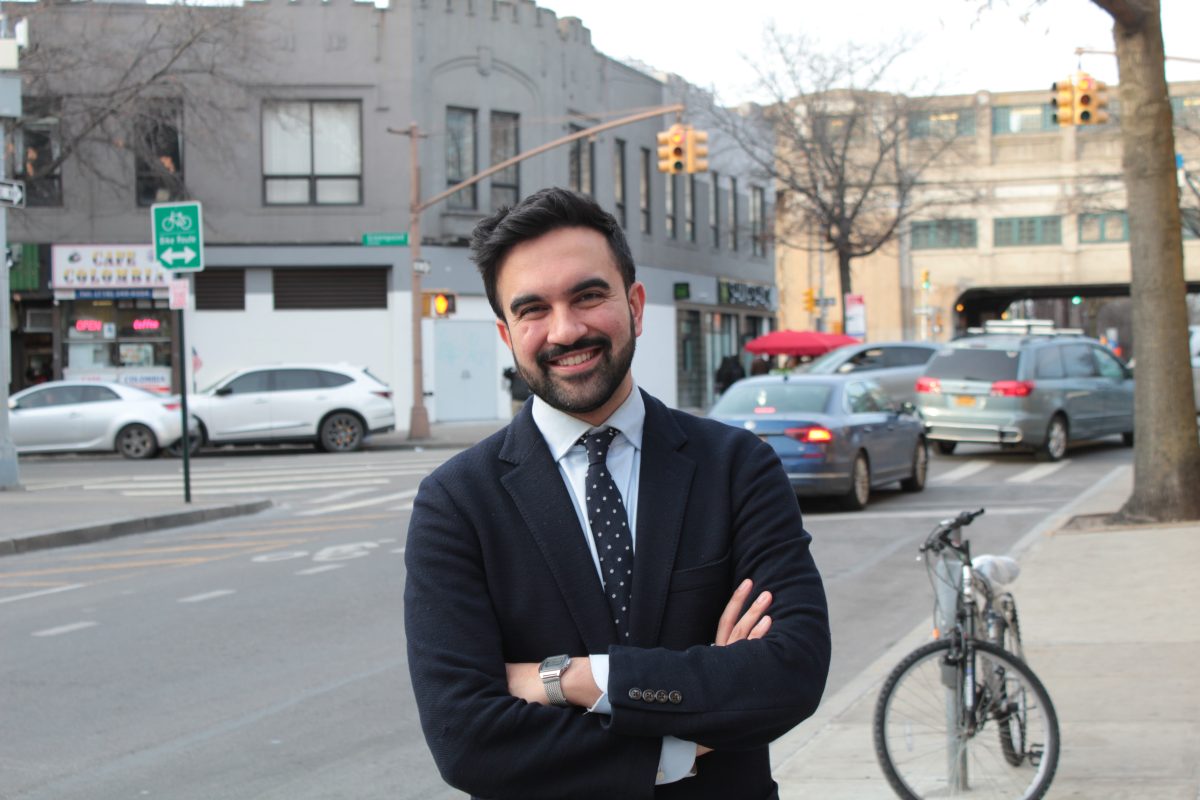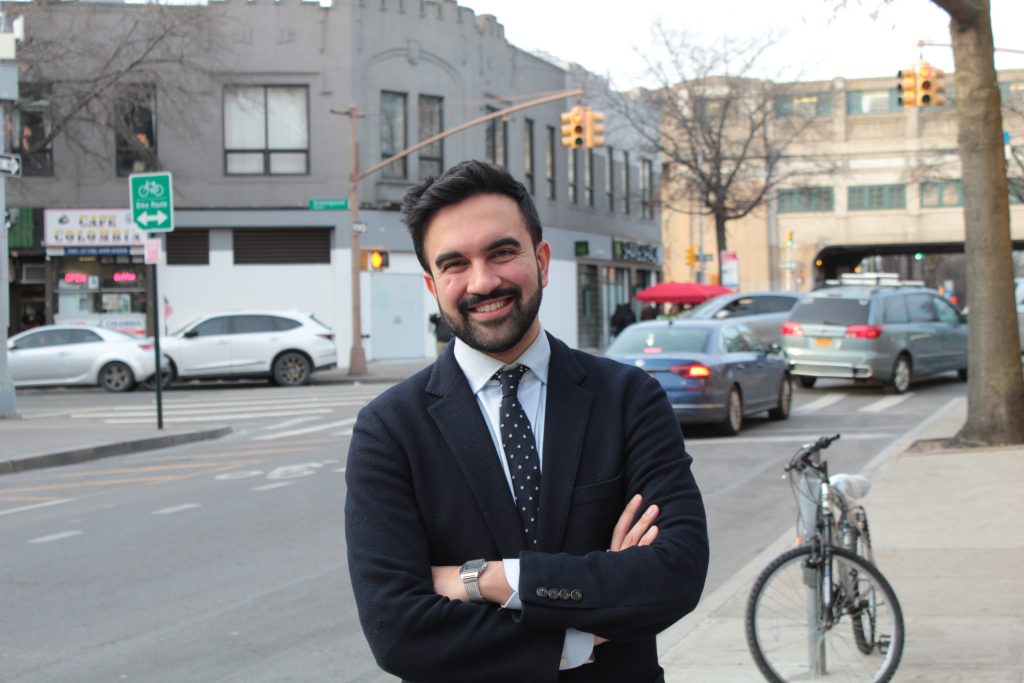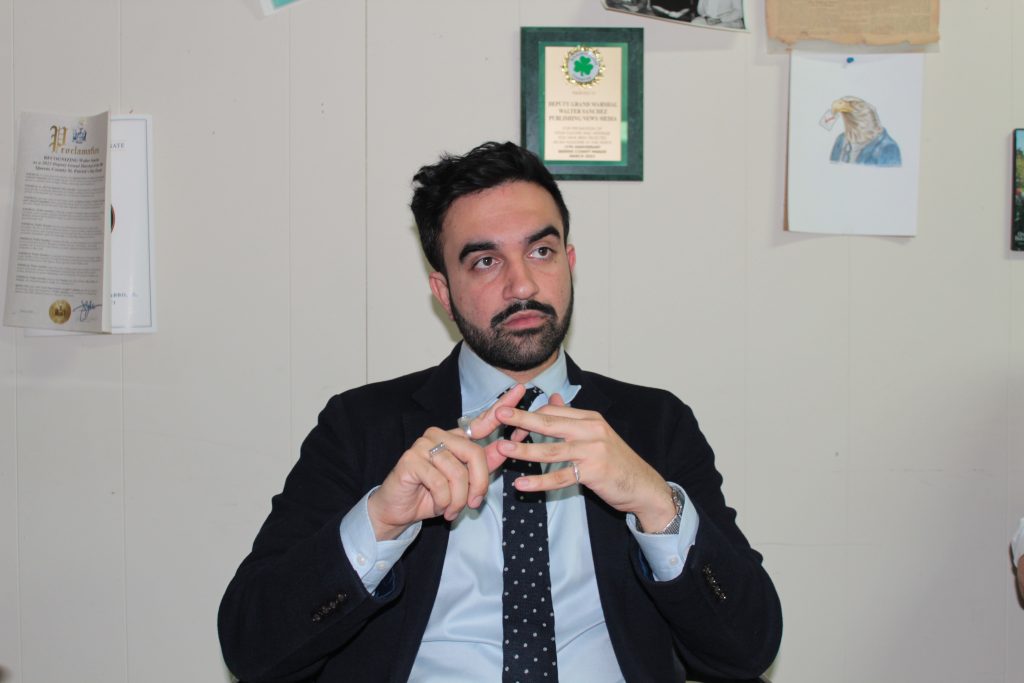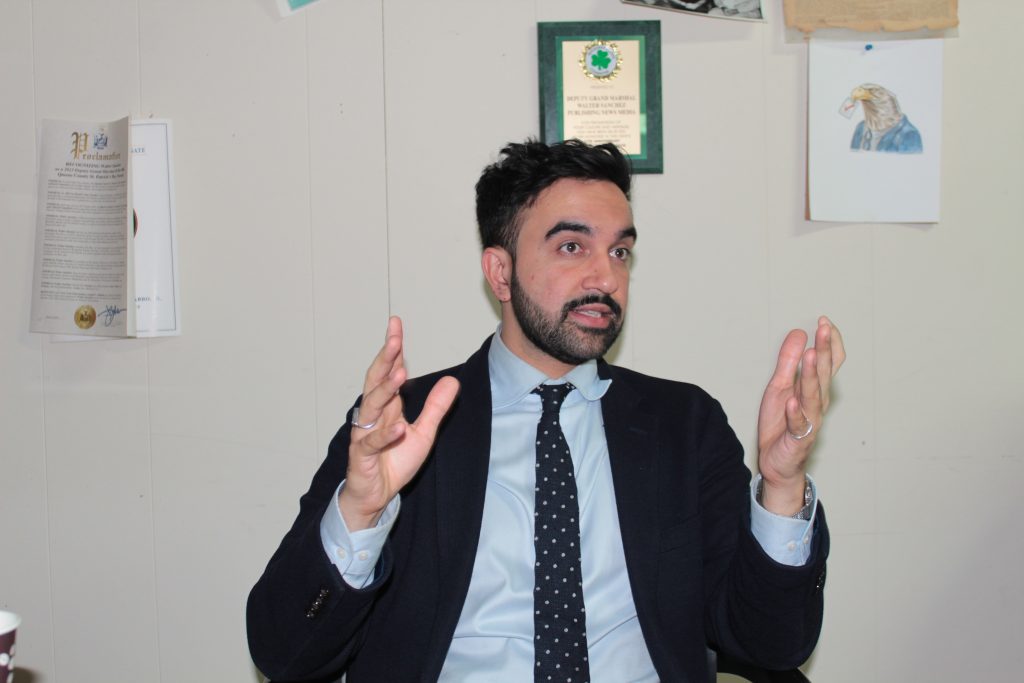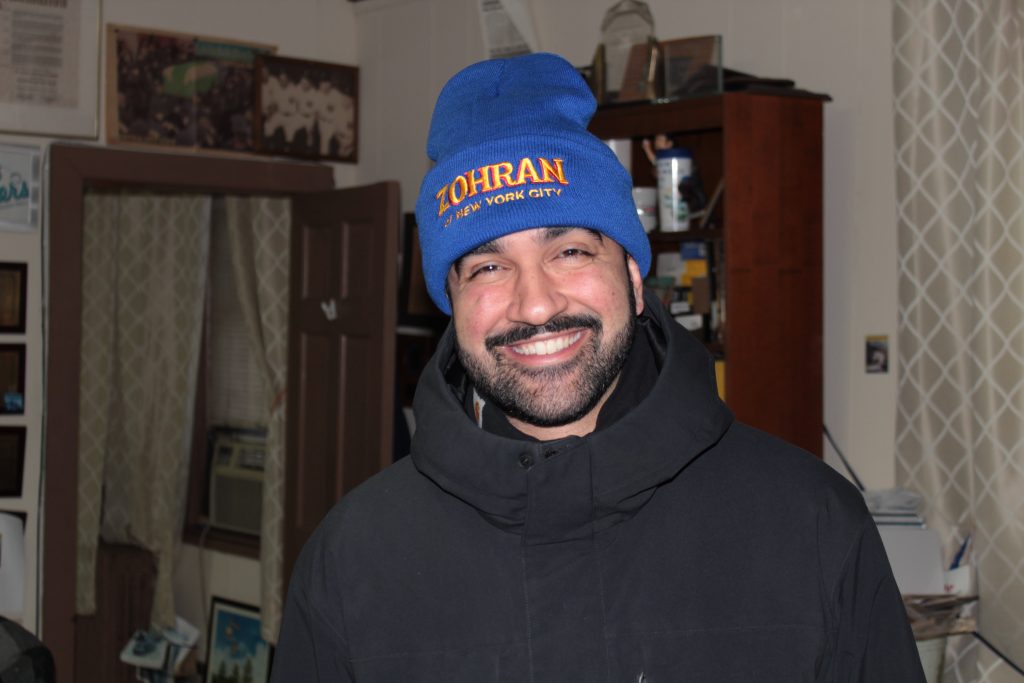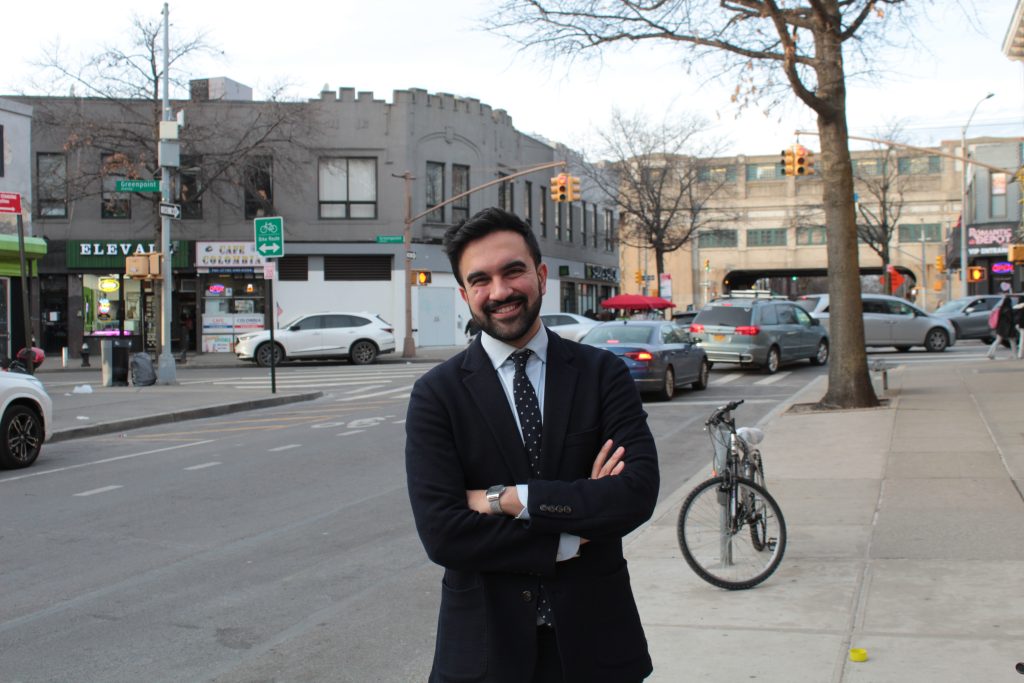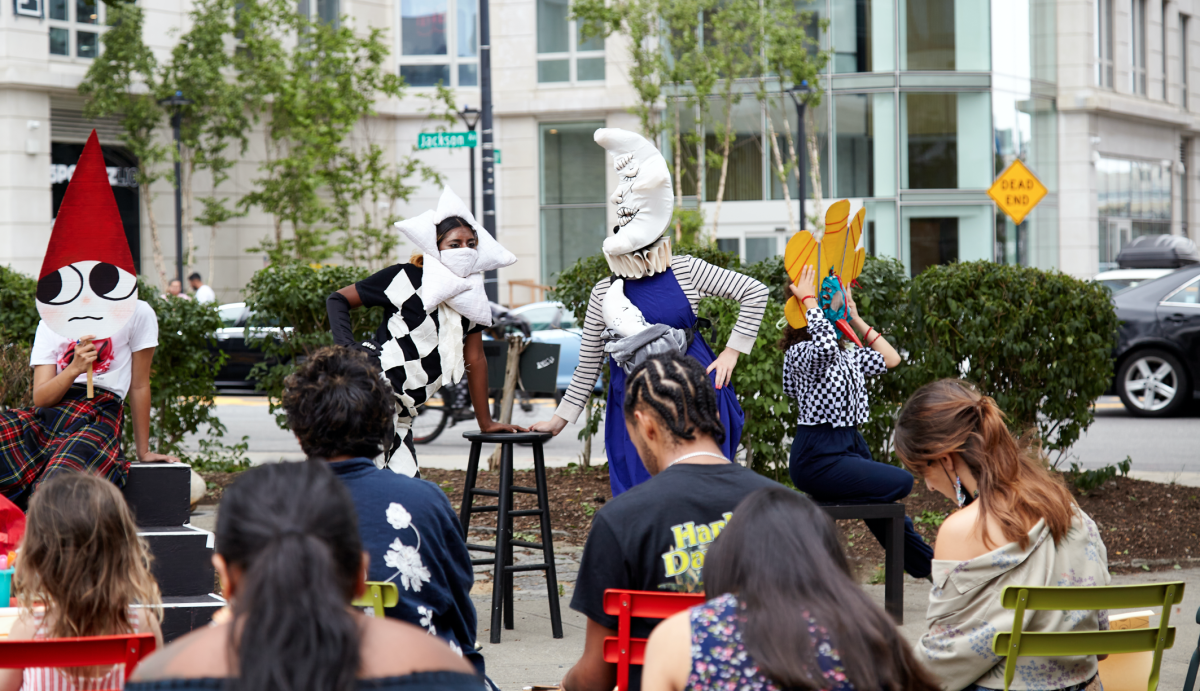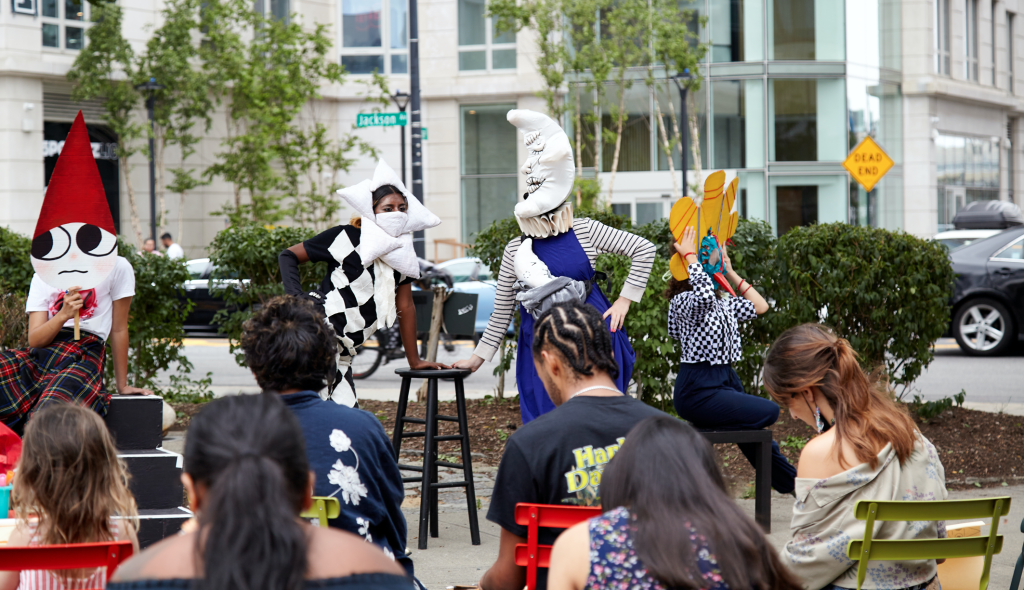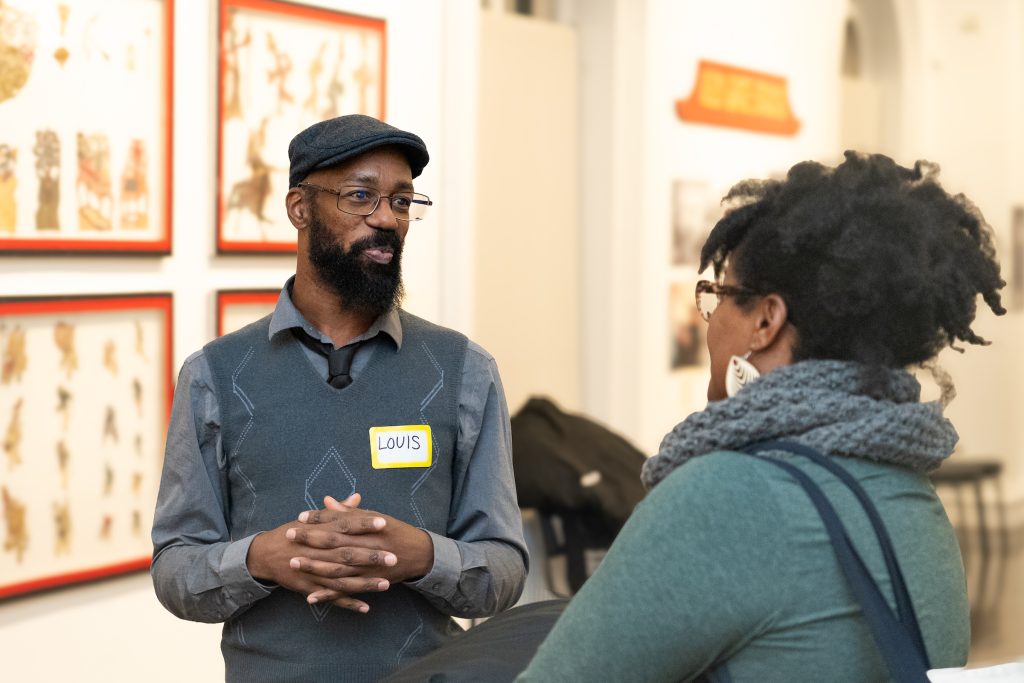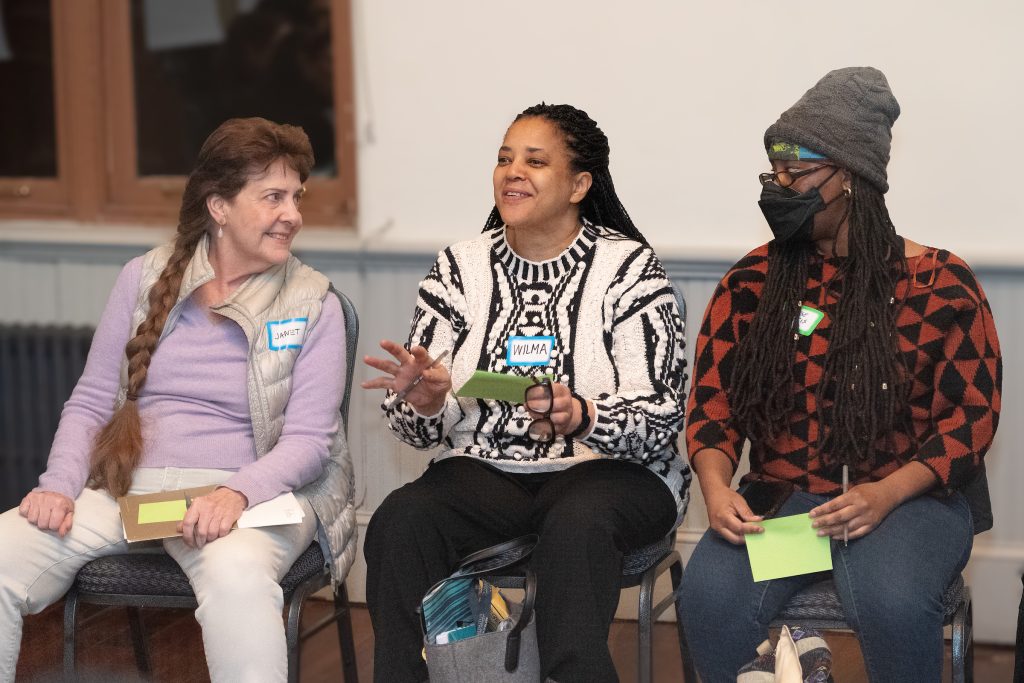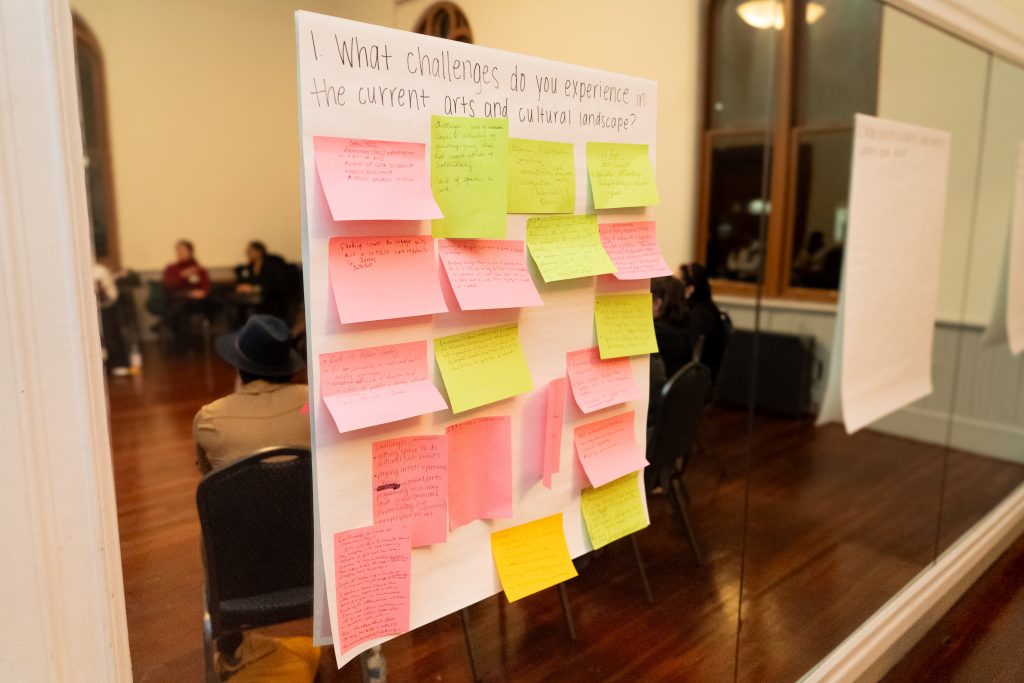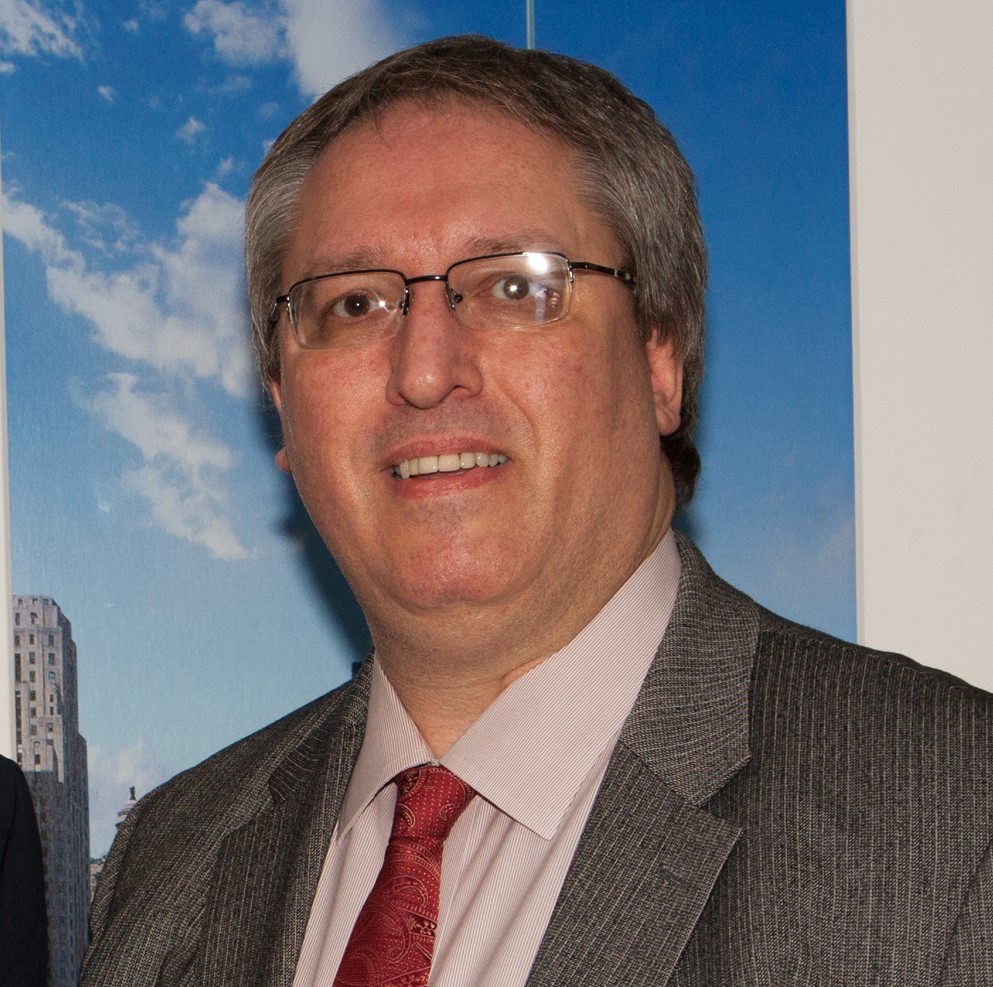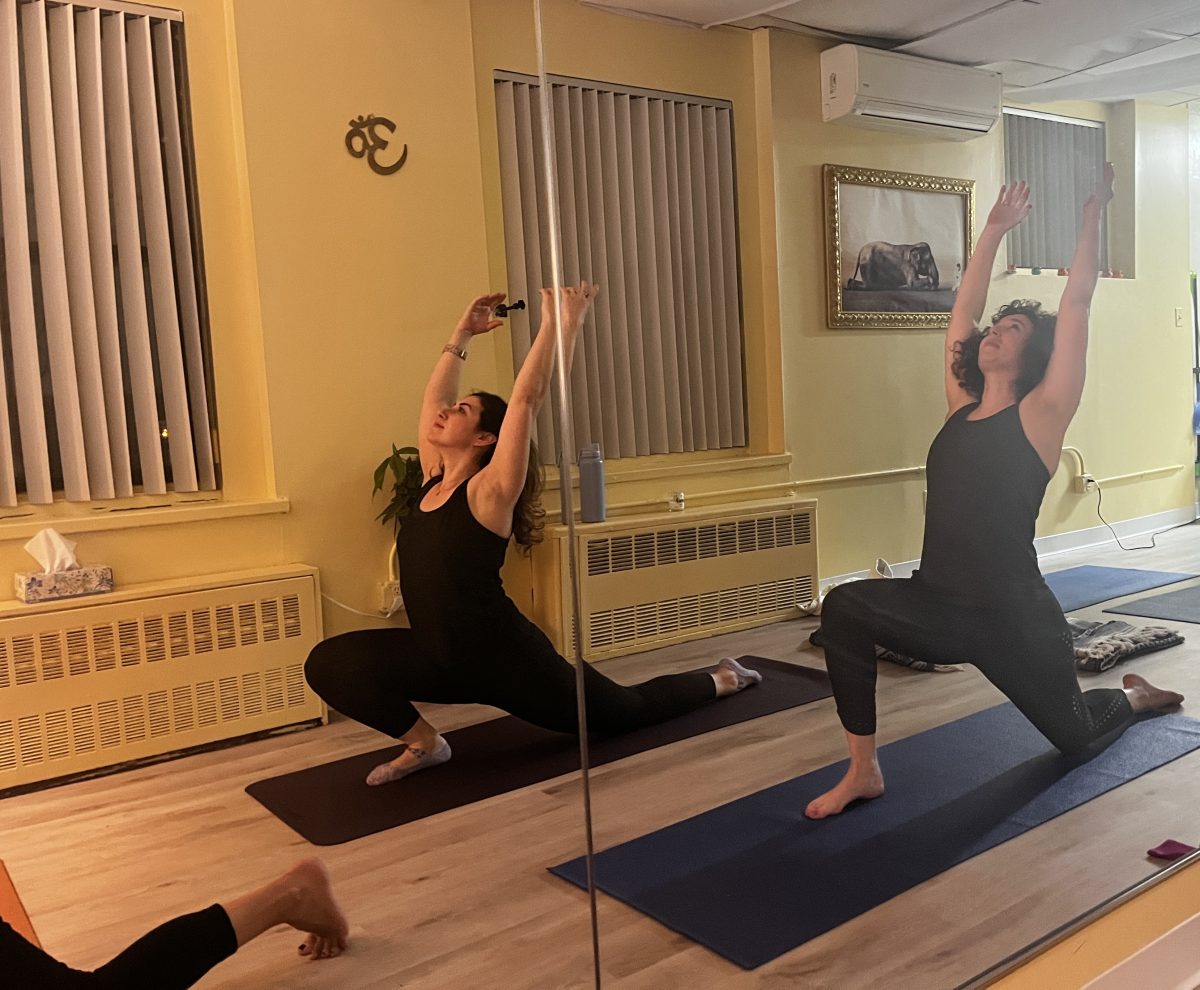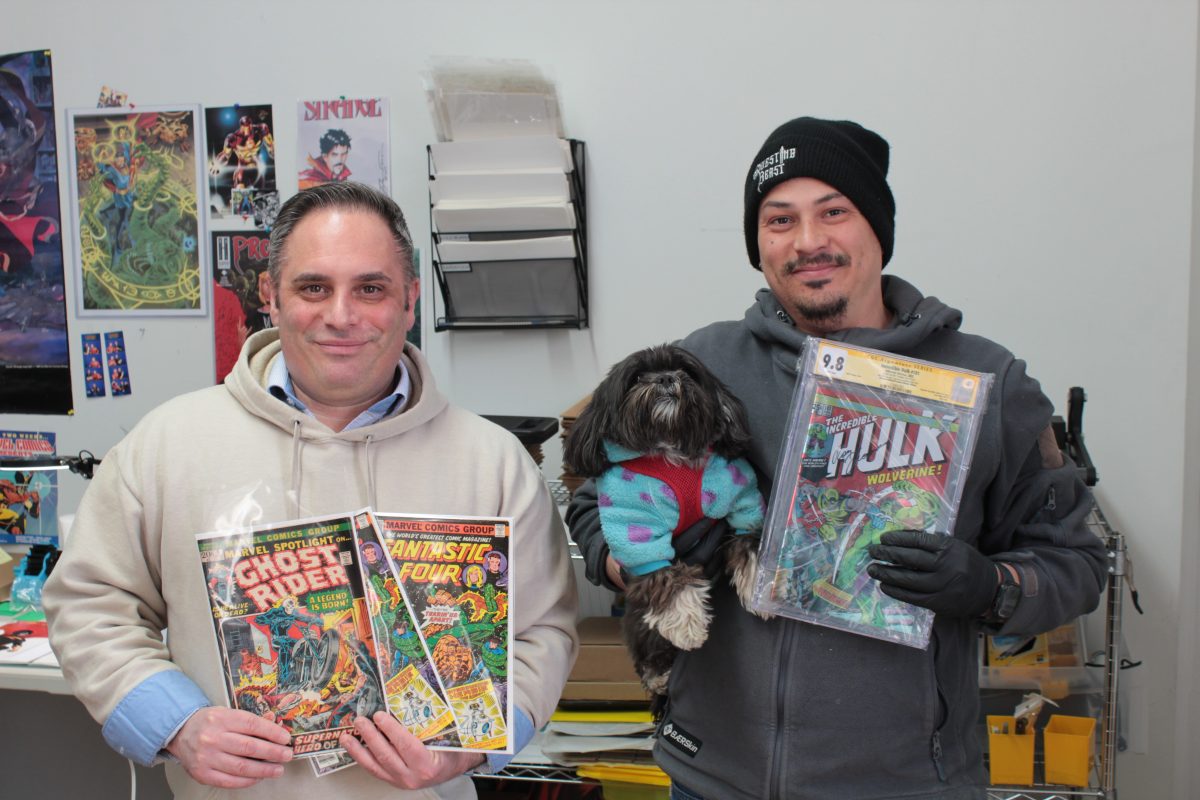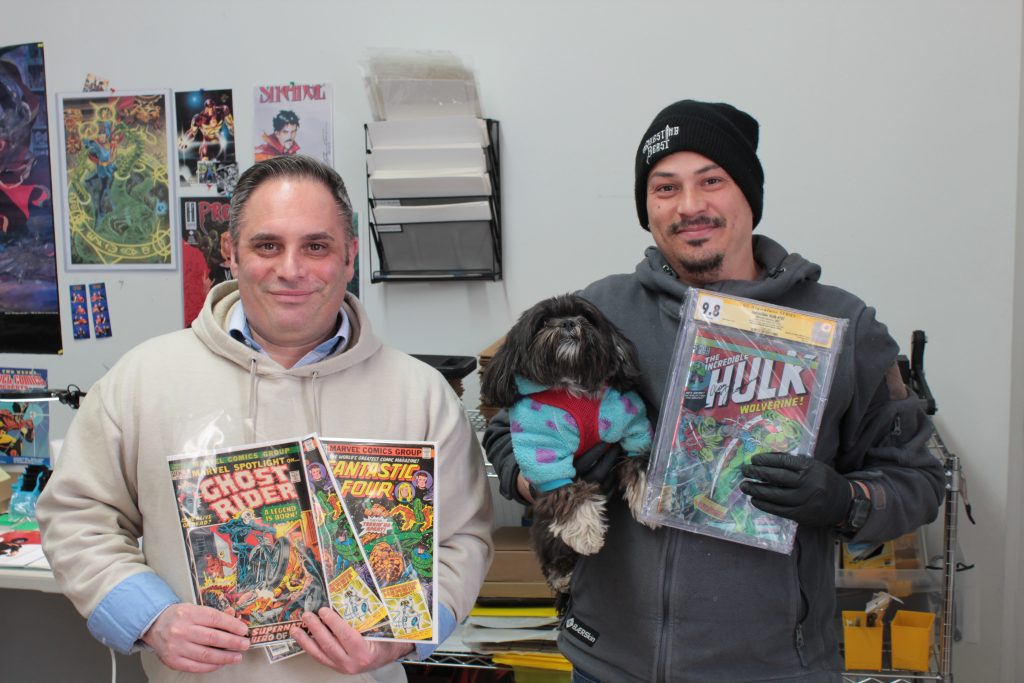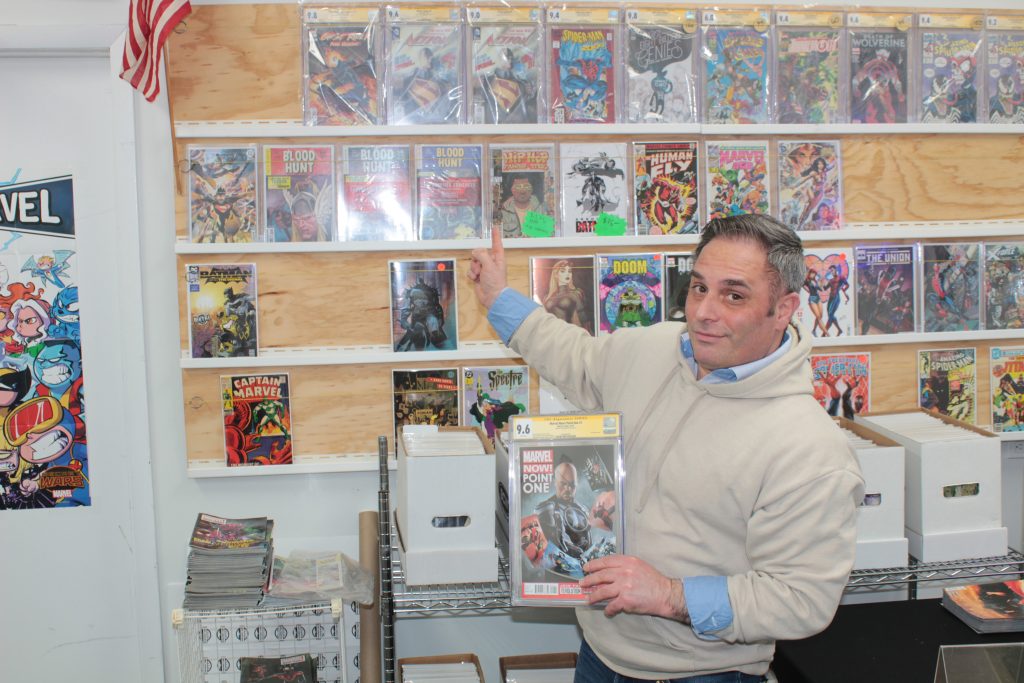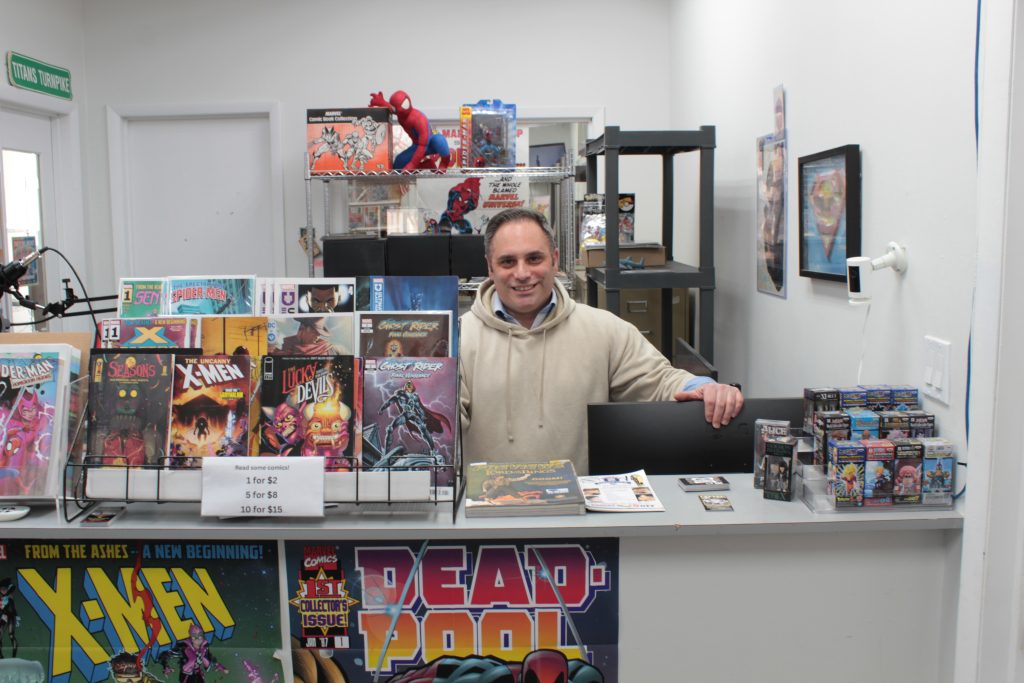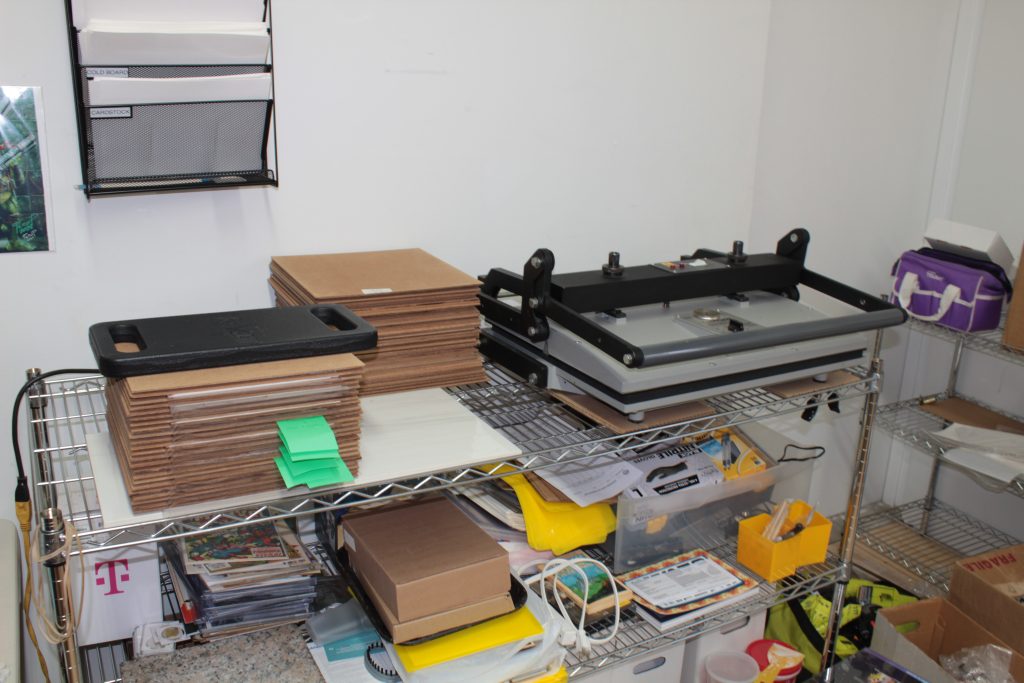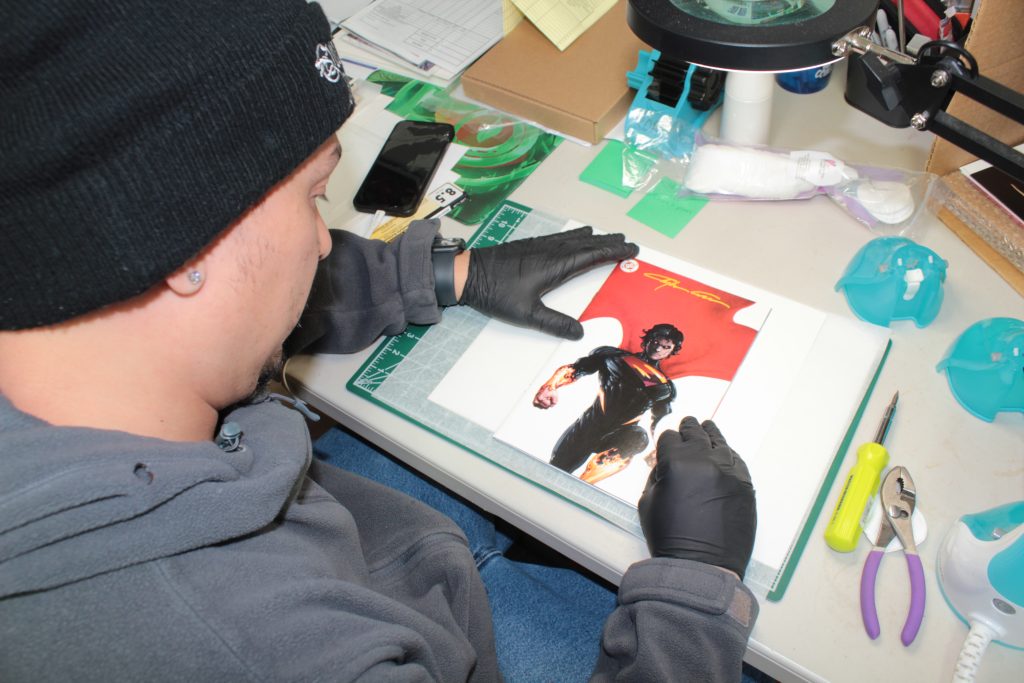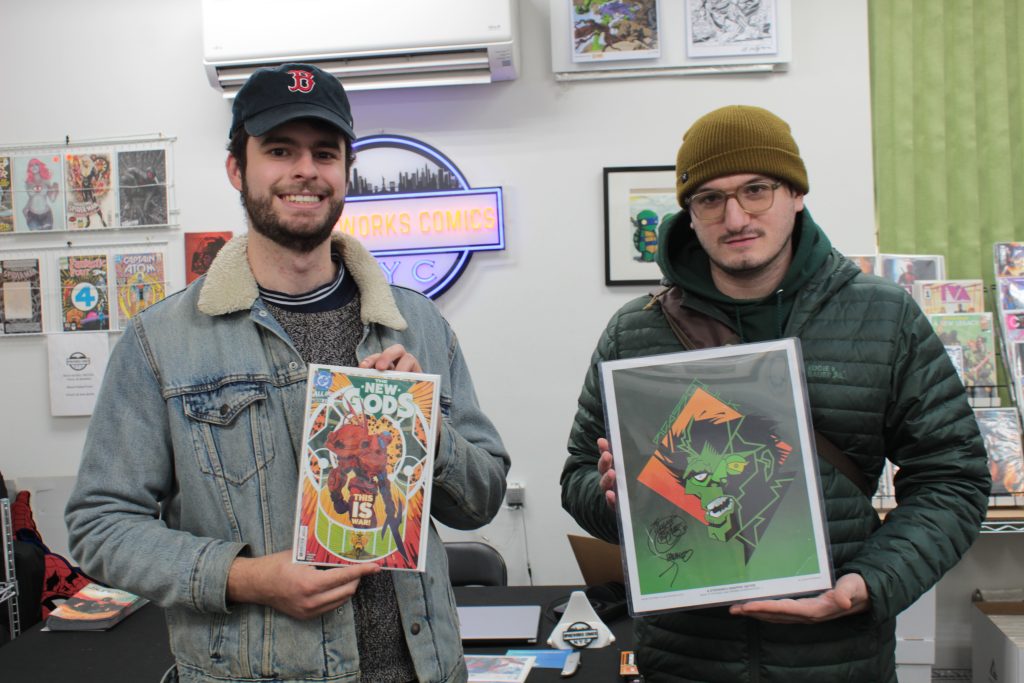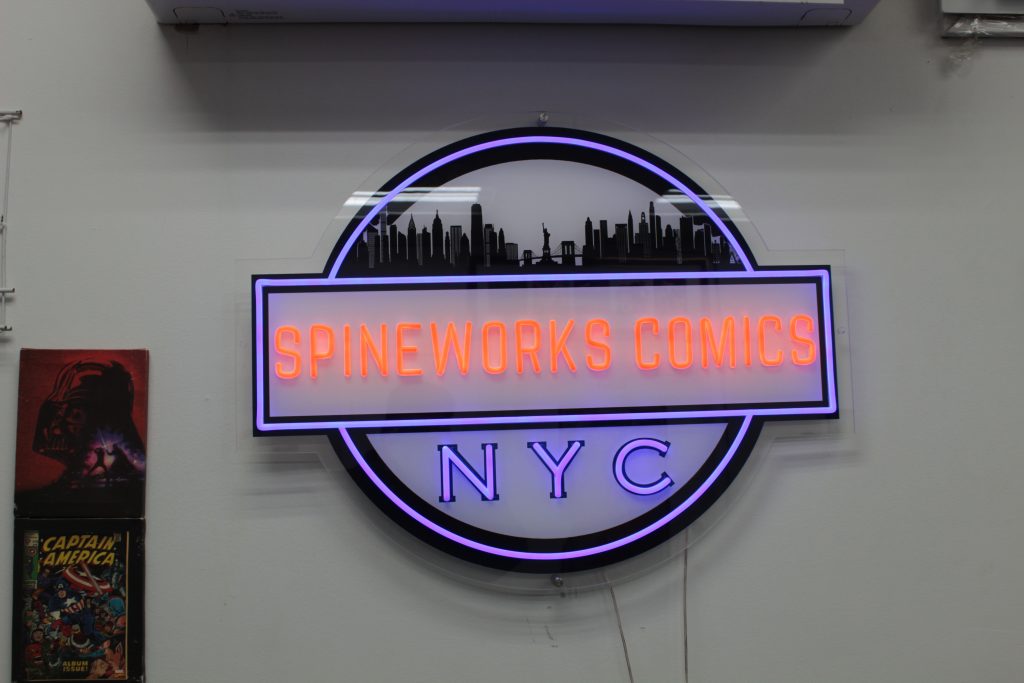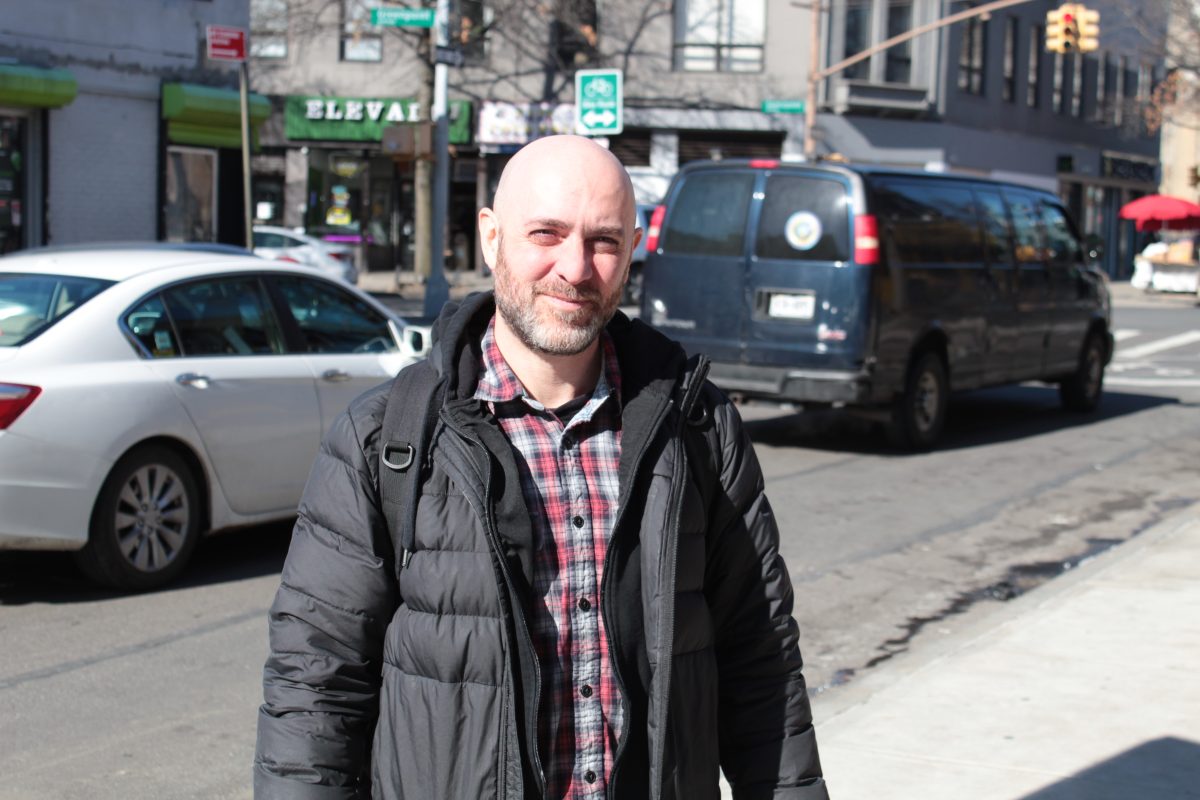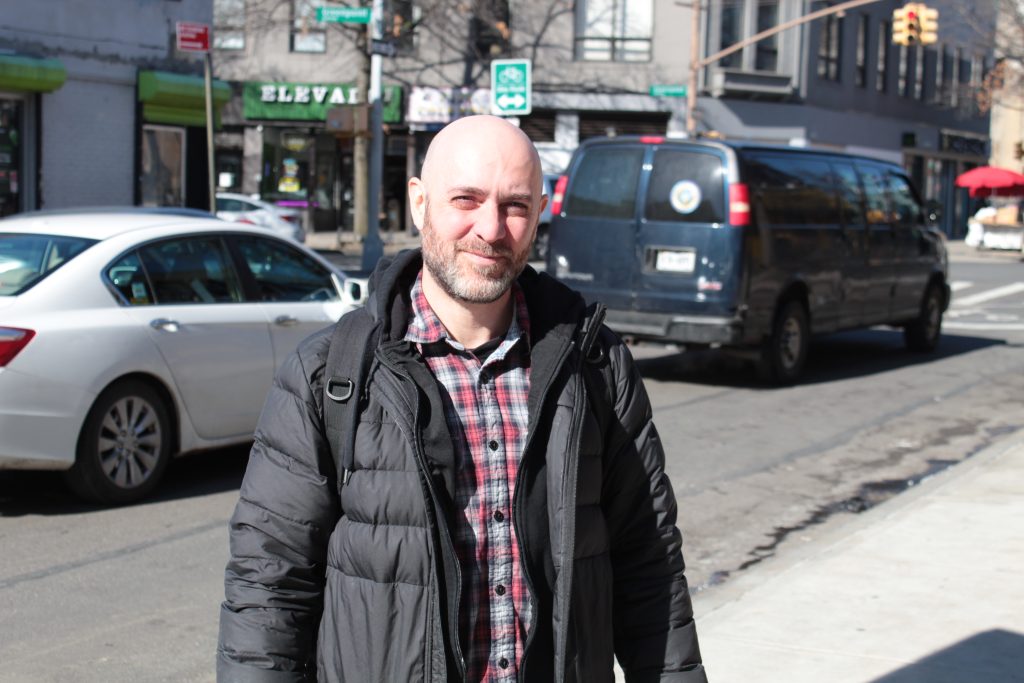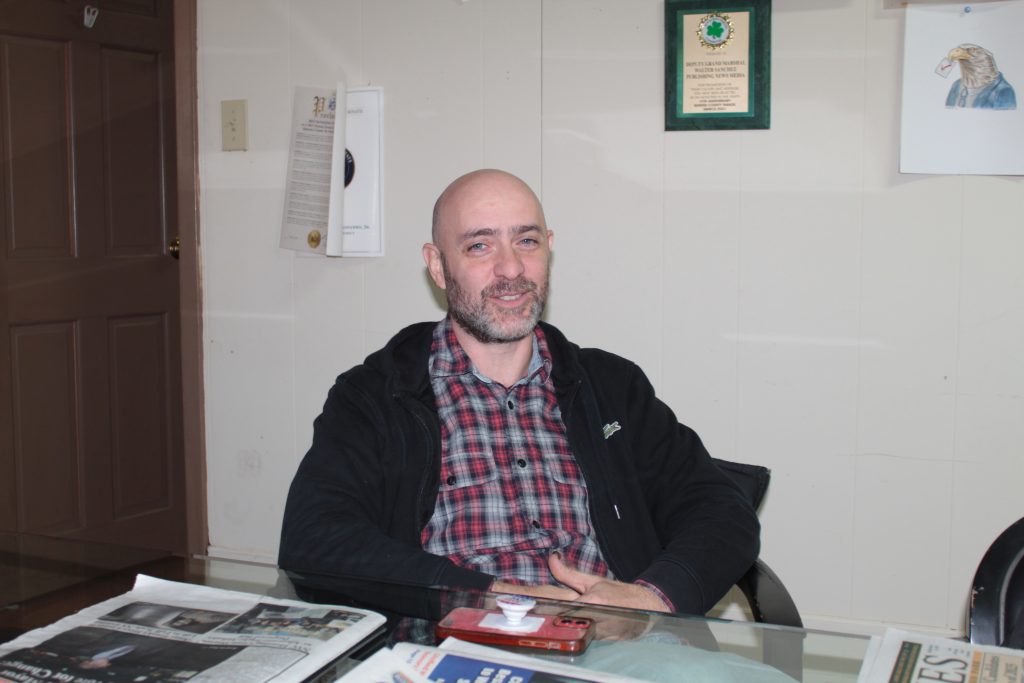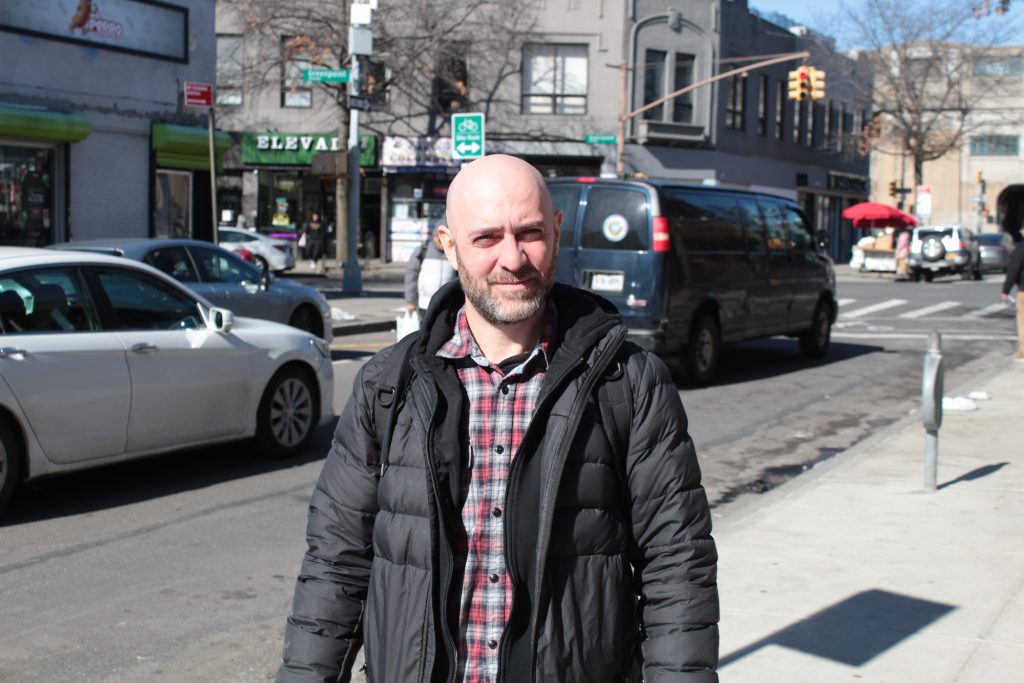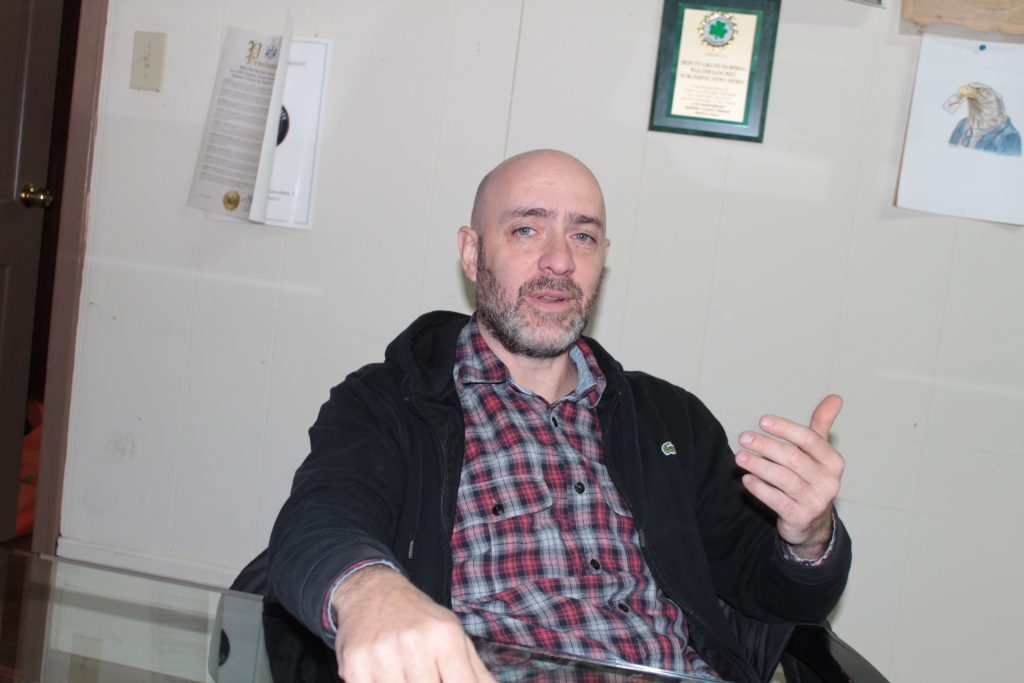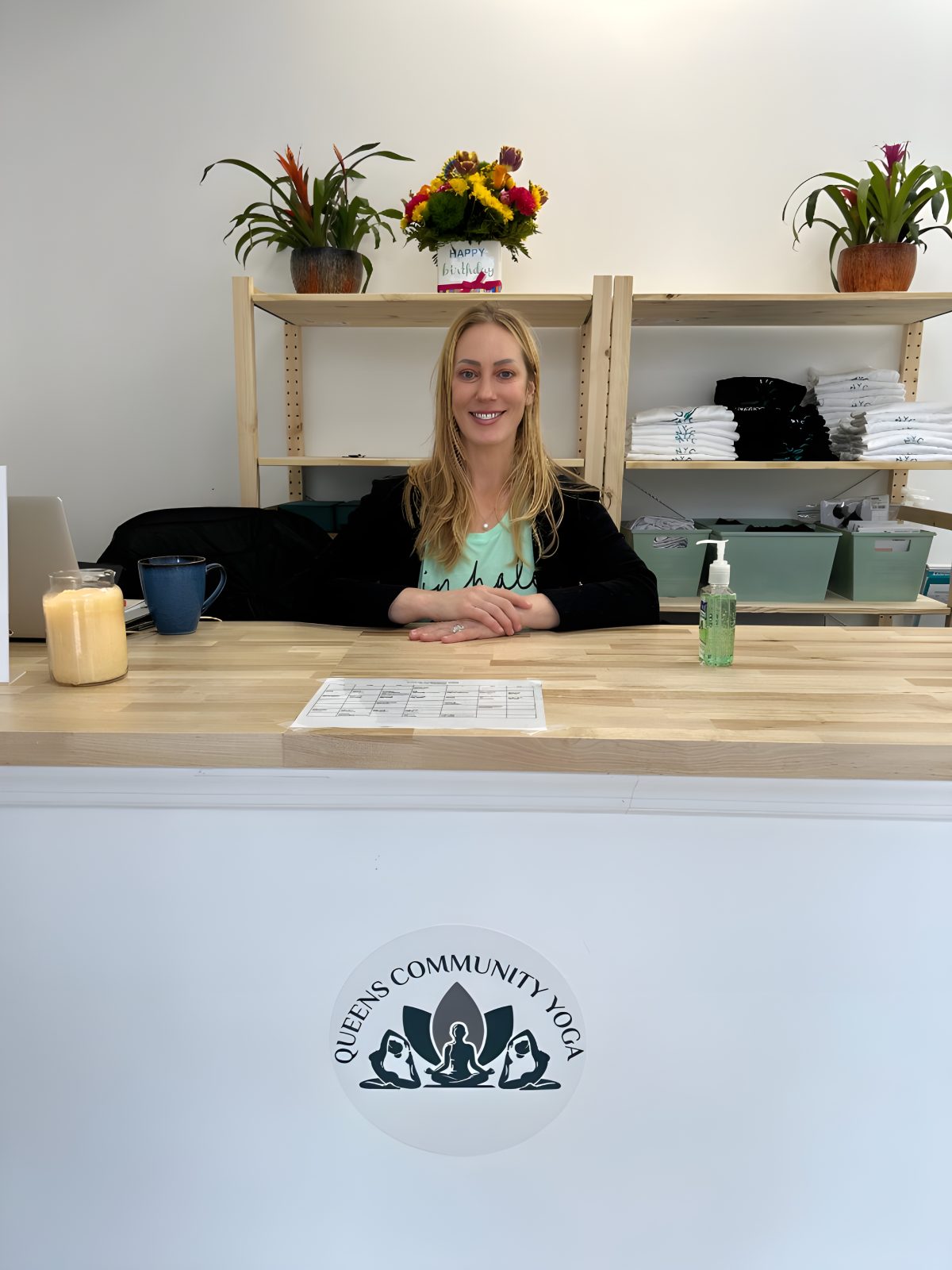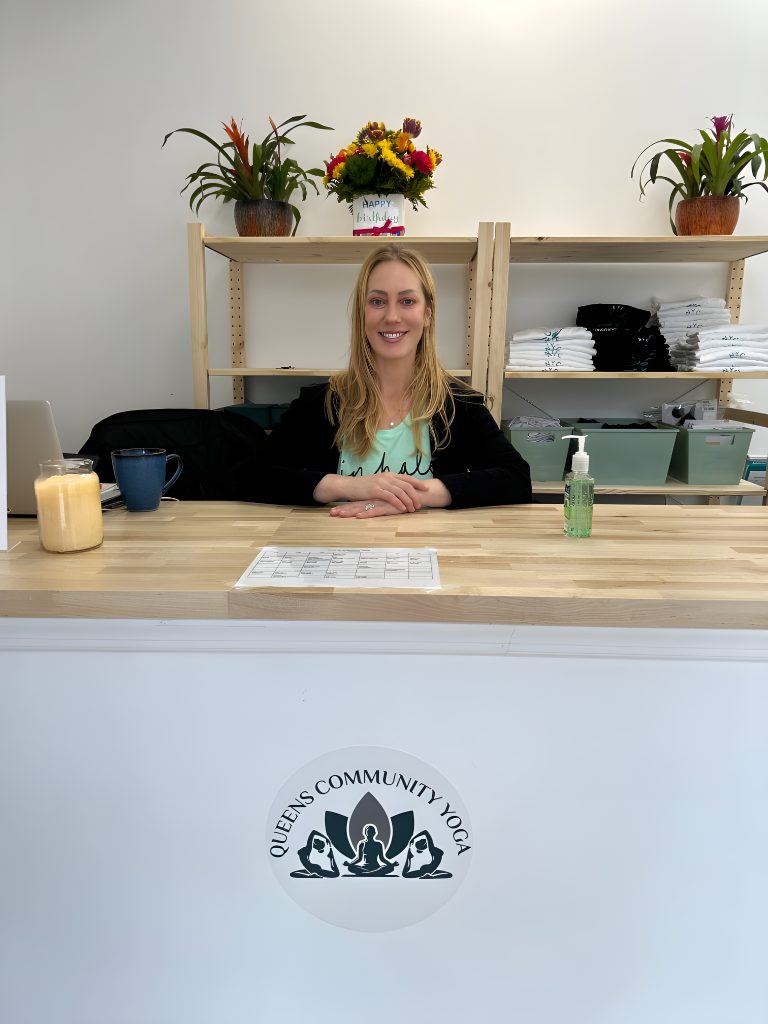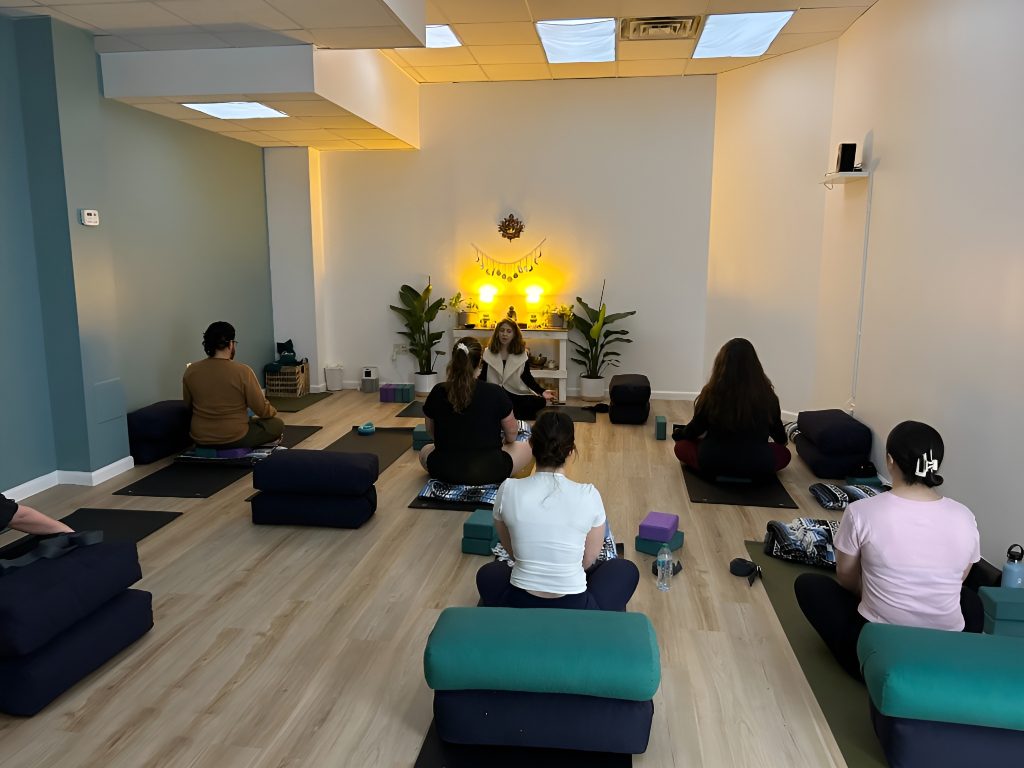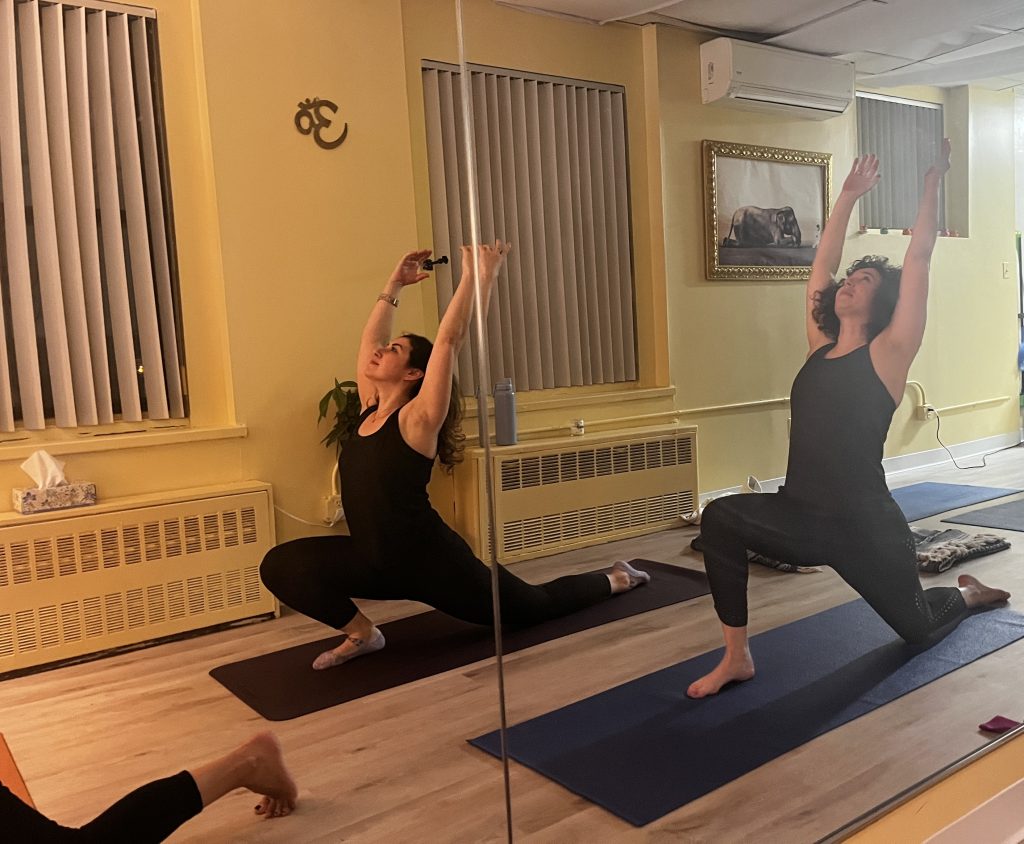
Quite the workout
Introducing Red Light Therapy Queens, A Bright Forest Hills Addition
Health & Wellness Reach New Heights
By Michael Perlman | mperlman@queensledger.com
“By prioritizing your well-being, one cultivates the resilience, compassion, and energy to live a more vibrant, authentic life, and to be able to lovingly help those around you” are the words of wisdom of Mimi Borda, a longtime health and wellness professional, who has proven to be a motivator, a healer, and a friend to many. She is the owner of Mimi For Me Yoga Wellness, which is recognizing its 15-year anniversary with unique opportunities, where longtime and new students can enjoy a celebration in the studio and virtually, along with month-long special discounts. She is also expanding her horizons by opening Red Light Therapy Queens later this month, as Mimi For Me Yoga Wellness celebrates this milestone.
Mimi For Me Yoga is a boutique style studio, which offers much more personalized attention than in a larger group session, since classes consist of a maximum of six students in a tranquil and well-appointed ambiance. Both businesses are in the heart of Forest Hills at the historic Continental Building at 70-50 Austin Street. Parking is offered for membership clients, and this Art Moderne building is conveniently steps away from public transit.
Mimi spent her early years in Forest Hills, followed by calling Kew Gardens Hills home. Queens College is her Alma Mater, along with Adelphi University for graduate studies.


Mimi Borda adjusting throughout a recent class
For Mimi, the yoga studio’s milestone anniversary is a testament to the essential role of wellness in our lives. “The celebration isn’t just about one day or an event, but an accumulation of 15 incredible years of sharing yoga, wellness, and connection. It is humbling to think about the countless lives that have been touched and the transformative journeys witnessed. It is a privilege to form lasting friendships, partnerships, and relationships that have enriched my life and that of our students,” she said.
Within the studio’s walls and beyond, a heartwarming experience comes alive. “Over the years, one of my most striking observations is yoga’s impact on mental health, self-esteem, and even social isolation. Students usually report feeling more confident, empowered, and connected to themselves and others,” said Mimi.
In anticipation of Red Light Therapy Queens’ grand opening, she explained, “This new venture is a dream come true, and a perfect way to honor our past while embracing the future. I couldn’t be more grateful to share this with everyone that takes their health and wellness seriously.”

Incorporating vibration plate therapy

The yoga studio’s offerings embrace all generations. “Our youngest students are sometimes still in the womb, as in pre-natal yoga. Then post-natal as babies participate with their mom and/or dad for yoga. ‘Baby Love Yoga’ is the sweetest class,” said Mimi. Her specialty, however, is classes for mid-life and senior wellness. As her mother began to advance in age, she wanted to better connect and assist her in the process, so she developed a passion for serving this demographic, along with the mid-life range.
Mimi observes how mid-life and senior adults often struggle with chronic pain, stiffness, and anxiety, and she is on a mission to address it. She explained, “Yoga is a valuable adjunct therapy in managing these conditions by improving strength in muscles and bones, releasing stiff connective tissue, and achieving better balance, flexibility, and a sense of overall well-being.” To magnify yoga’s benefits, red light therapy will now be an additional wellness modality.
To specialize in mid-life and senior wellness, she pursued advanced training and specializations through the SilverSneakers program, the New York Chapter of the Arthritis Foundation, Nutrition as We Age through the National Academy of Sports Medicine, Aqua Fitness, Yoga Therapy, Chair Yoga, and Restorative Yoga, to name a few. These modalities enable secure, accessible, and effective practices for students with varying levels of mobility and health, while proving beneficial for all ages.
Mimi shares words of wisdom with prospective students, including the concept of “Me-Time,” which is that time spent with yourself is not an optional indulgence, but rather an absolute necessity, if one is going to be and give the best of themselves.
Yoga and red light therapy are holistic modalities that can address various health conditions. Benefits include reducing stress and anxiety by activating the parasympathetic nervous system, improving sleep quality, enhancing mood and reducing depression’s symptoms, and relieving chronic pain and inflammation. Furthermore, it improves strength, flexibility, balance, endurance, and range of motion, as well as supports immune function and overall well-being.

First Yoga Retreat, Fall 2016 at Ananda Ashram

Red light therapy has been proven to boost collagen production and improve skin health, facilitate fat loss, stimulate hair growth, enhance muscle recovery and reduce muscle soreness to improve athletic performance, improve wound healing and tissue repair, improve blood circulation, and reduce inflammation thereby improving joint health. It has also been shown to stimulate the immune system, increasing the production of white blood cells. Additionally, red light therapy bears potent anti-inflammatory effects, reducing oxidative stress and inflammation that can contribute to chronic diseases and pain. “By consolidating yoga and red light therapy, we can create a powerful synergistic effect that addresses the whole person in body, mind, and spirit,” said Mimi.
Despite red light therapy’s holistic nature, misconceptions arise, which may be attributed to a lack of awareness. She explained, “Until recently, red light therapy was primarily used in medical settings, such as wound care and physical therapy. As a result, its benefits and applications were not widely known by the public. Some people may confuse it with other forms of light therapy, such as UV light, which can bear negative effects due to its association with sunburn and skin damage. There is no UV light in red light therapy.”
There are many scientific studies that portray its beneficial effects as a health and beauty application, and Mimi believes that more studies will emerge, parallel to yoga’s success. “Yoga is a 5,000-year-old practice, but yet it wasn’t understood or known for its widespread application until very recently. I remember when I opened in 2010, there were many people still asking what exactly was this thing called yoga.”
She continued, “Overall, red light therapy is a powerful, evidence-based holistic approach that offers a range of benefits for beauty, health, and wellness. As education and awareness increase, it’s likely that it will become a more mainstream and widely accepted holistic therapy, just as yoga has become over the past 15 years.”

After a recent Yoga 101, An Introduction to Yoga Series workshop

Tween & Teens Yoginis class & their moms
As a child, Mimi aspired to travel the world, so she studied travel and tourism after high school. This took her on a 17-year career path until September 11, 2001. She then pursued degrees in health psychology, which led to discovering yoga. Mimi For Me Yoga continued to blossom, and in 2016, “Me-Time Journeys” was formed to offer tour and travel yoga retreats. Like-minded individuals join forces to share experiences, deepen personal connections, and bond with others. “These retreats allow us to step out of our daily routines, perhaps our comfort zone, and immerse ourselves in a new environment, culture, and landscape, discovering not only new places, but also new aspects of ourselves,” said Mimi.
The annual yoga retreats are scheduled in the spring and fall, while the annual “big trip” usually occurs in the summer months. Some destinations have included Colombia, Panama, Mexico, Sedona, and The Grand Canyon, and last summer’s was a three-country, five-city European extravaganza. This year’s June trip will entail Hawaii, Alaska, and Vancouver.
Mimi is grateful for her personal and professional influences, as in a diverse and meaningful group of individuals who inspired her journey. A profound influence has been her mother. She explained, “At a very young age, I saw by my mother’s example how a warrior looks and acts by means of strength, resilience, and compassion. Later on, my guidance instilled much courage to pursue my passions, and most importantly to stay true to myself. These lessons carried me through the toughest times of my life. Mom, along with yoga’s powerful nature, saved me from falling into the abyss of depression after heartbreaking betrayal and loss.”

Applying a red light face mask
Many incredible academic and spiritual teachers made a major impact upon Mimi, including her multigenerational students, and even random encounters. “I live as a student of life every day, and I am grateful for the wisdom, expertise, and encouragement along the way.” Referencing a spiritual level, she continued, “I live in faith and gratitude daily, not taking anything nor anyone for granted. I believe that my creator and by extension, the universe at large, guided me on this journey. My faith and trust grant the strength to navigate life’s challenges and stay committed to my purpose. I live by the mantra, with which I end every class, ‘Joy, Love, Gratitude, and Peace,’ and by doing so, I hope to inspire and empower others on their journey.”
Looking ahead, Mimi wonders if new inventions will rise on the horizon, analogous to how red light therapy is considered new within a studio setting. She would also consider developing strategic partnerships with fellow wellness entrepreneurs. When Mimi is not cultivating her talents in the studio, she continues being a humanitarian by volunteering as a district leader for The Humane Society of The United States, and as a volunteer teacher for Veterans Yoga Project.
Students can take home another part of the journey by purchasing products in the studio. Wearable Aromatherapy features pure therapeutic-grade essential oils, pre-blended into skin-safe coconut oil and vegan wax base. High quality yoga tote bags in nature-inspired blue and yellow bear the logo with the mantra. Earthy beaded bracelets, scented candles, and a number of other therapeutic products are available.
To further discover the journey and enroll in studio sessions, visit www.MimiForMeYoga.com and www.RedLightTherapyQueens.com and follow on Facebook and Instagram, @MimiForMeYogaWellness and @RedLightTherapyQueens.
